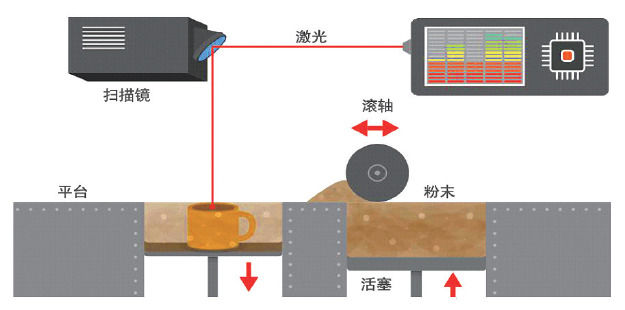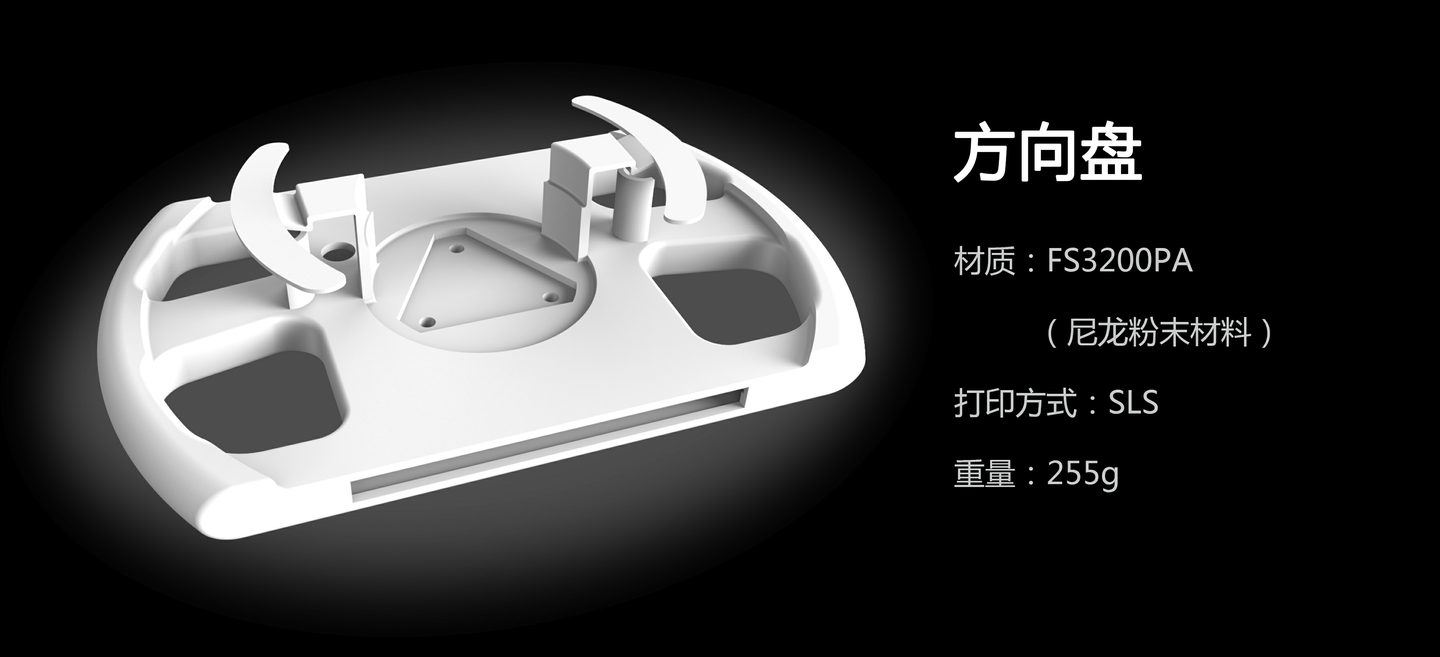Selective Laser Sintering (SLS) process
Release time:
Mar 28,2025
Source:
SLS sintering is a 3D printing technology that uses a laser to sinter powdered materials layer by layer into a solid object.。
Selective Laser Sintering (SLS) technology was invented by C.R. Dechard at the University of Texas at Austin. It mainly utilizes the basic principle of high-temperature sintering of powdered materials under laser irradiation. A computer-controlled light source positioning device achieves precise positioning, and then layer-by-layer sintering and accumulation are performed to form the object.
The SLS process is based on a powder bed, using an infrared laser to sinter the powder. First, a layer of powdered material is spread using a powder roller. A temperature control facility in the printing equipment heats it to a temperature just below the sintering point of the powder. Then, the laser beam irradiates the powder layer, raising the temperature of the irradiated powder above its melting point, causing sintering and bonding with the already formed part below. After one layer is sintered, the printing platform descends by the height of one layer, and the powder spreading system spreads new powdered material onto the printing platform. Then, the laser beam is controlled to irradiate again for sintering. This cycle is repeated layer by layer until the entire three-dimensional object is printed.
Laser sintering technology is one of the 3D printing technologies with the most complex forming principles, the highest requirements, and the highest equipment and material costs. However, it is also the technology that has had the most profound impact on the development of 3D printing technology. Theoretically, any powdered material that can form atomic bonds after heating can be used as a forming material for SLS. Currently, materials that can be successfully used in SLS equipment include wax, nylon, metal, ceramic powder, and their composite materials.
The main characteristics of SLS technology include:
- Material DiversitySLS can use a variety of materials, including polymers (such as nylon, polystyrene), metals, ceramics, and their composites.
- High Efficiency and PrecisionBecause SLS technology does not completely melt the powder but only sinters it, the manufacturing speed is faster and the precision is higher.
- High Material Utilization RateUnsintered materials can be recycled and reused, reducing material waste and lowering costs.
- No Support Structures NeededIn the SLS process, the unsintered powder naturally supports the cavities and cantilever parts of the model, so no additional support structures are needed.
- Wide Range of ApplicationsSLS technology is suitable for rapid prototyping and small-batch production. As the technology matures and commercial improvements are made, its role in the manufacturing field is constantly expanding.
In general, SLS technology provides a highly efficient, versatile, and precise 3D printing solution suitable for multiple industries and applications.

SLS Laser Sintering Process Diagram


Processing Precision:
±0.2mm /100mm
Maximum Single-Piece Forming Size:
800*800*1200mm
Product Materials:
SLS materials include solid nylon powder, nylon + fiberglass solid powder, flexible nylon powder, ceramic powder, etc.
Previous
Next
Previous
Next
Other Content
2025-08-10



